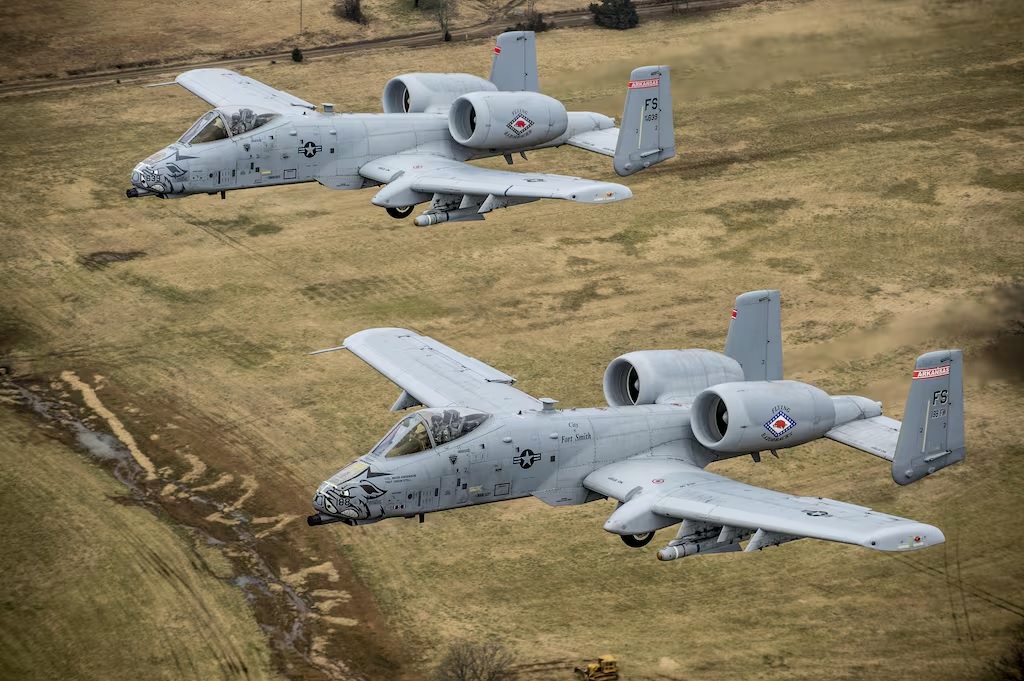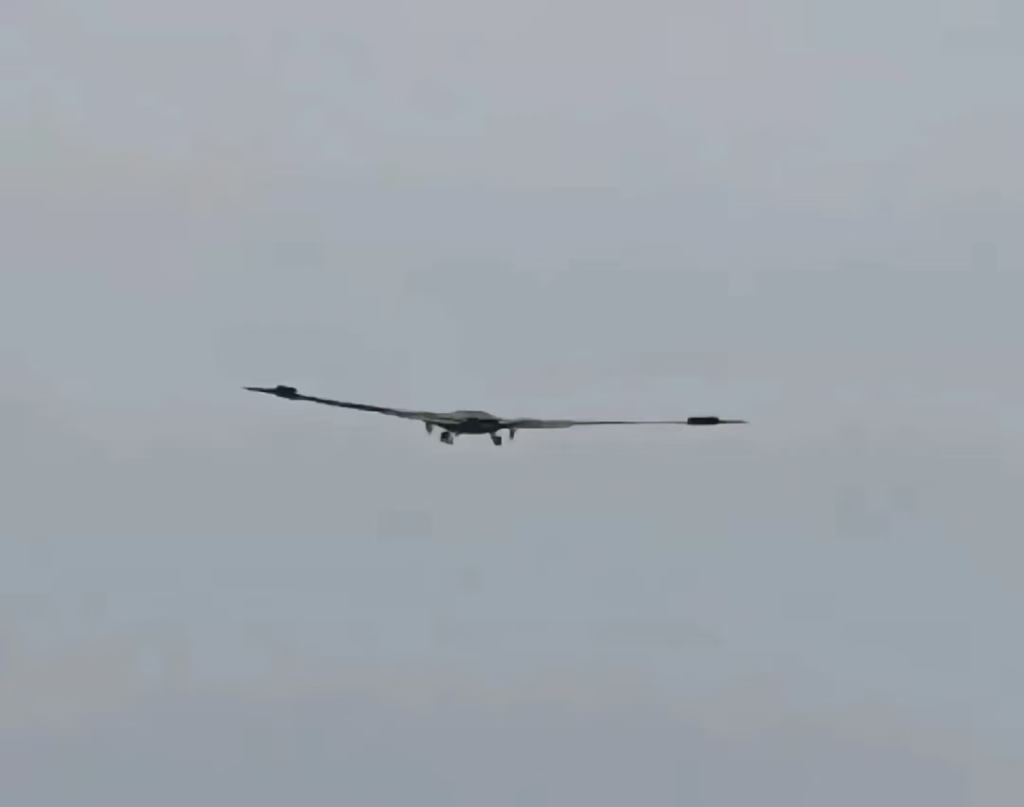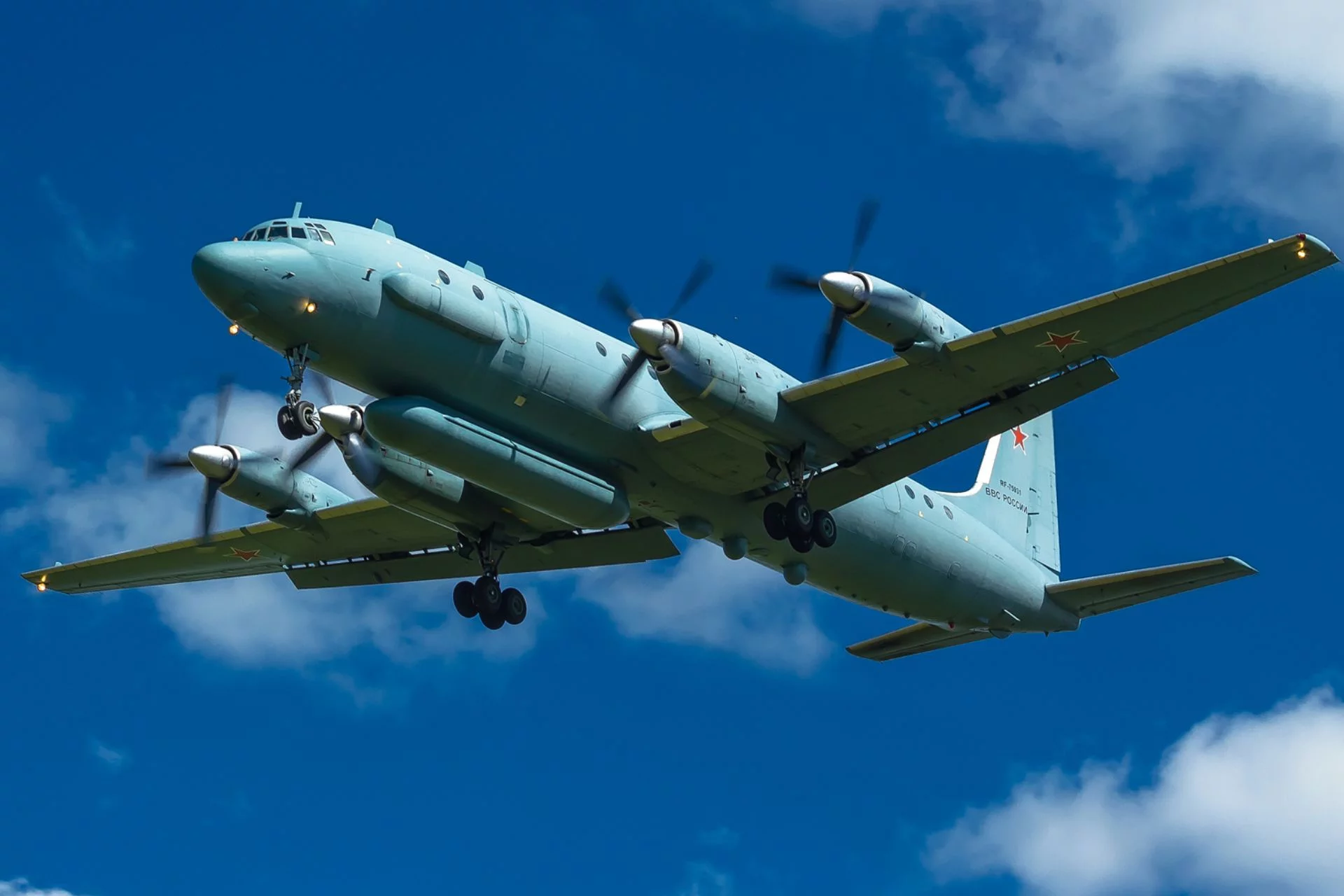In a significant development for the U.S. Air Force, Congress is taking steps to mitigate some of the Pentagon’s proposed budget cuts for fiscal year 2026, as outlined in the National Defense Authorization Act (NDAA). The Pentagon’s budget, released in June, proposed dramatic reductions, including the accelerated retirement of the entire A-10 Warthog fleet, cancellation of the E-7 Wedgetail program, and a substantial cut in F-35A Joint Strike Fighter procurement. These proposals sparked widespread concern within the Air Force community, prompting strong opposition from retired military leaders and lawmakers. Both the Senate and House Armed Services Committees have responded with versions of the NDAA that aim to preserve key programs and restore funding, reflecting a broader debate over military modernization and readiness in the face of evolving global threats.
The A-10 Warthog, a close air support aircraft renowned for its durability and effectiveness, faced total retirement under the Pentagon’s plan. The Air Force intended to retire its remaining 162 A-10 aircraft in 2026, two years earlier than previously planned. This move was part of a broader effort to shift resources toward newer, more advanced platforms. However, the Senate Armed Services Committee’s NDAA, approved on Friday, mandates that the Air Force maintain at least 103 A-10s in its inventory through 2026. This decision reflects the aircraft’s continued relevance in supporting ground troops, particularly in contested environments where its unique capabilities, such as the powerful 30mm GAU-8 Avenger cannon, remain unmatched. The reprieve underscores Congress’s recognition of the A-10’s role in current and potential future conflicts, despite the Pentagon’s push for modernization.
The Pentagon’s budget also proposed slashing the planned purchase of F-35A Joint Strike Fighters from an expected number to just 24 aircraft, nearly halving the procurement. The F-35A, a fifth-generation multirole fighter, is central to the Air Force’s modernization strategy, offering advanced stealth, sensor fusion, and network-enabled operations. The proposed cut drew sharp criticism from 16 retired four-star generals, including six former Air Force chiefs of staff, who sent a letter to congressional leaders on Monday. They argued that reducing F-35 procurement would undermine the Air Force’s ability to maintain air superiority against near-peer adversaries like China and Russia. In response, the Senate NDAA adds funding for 10 additional F-35As, bringing the total to 35 aircraft for 2026. This adjustment aims to balance fiscal constraints with the need to sustain a robust fighter fleet capable of addressing modern threats.
The Pentagon’s decision to cancel the E-7 Wedgetail program in favor of E-2D Hawkeyes and space-based sensors was another contentious issue. The E-7, a Boeing-made airborne battle management and command-and-control platform, is intended to replace the aging E-3 Sentry Airborne Warning and Control System (AWACS). Defense Secretary Pete Hegseth justified the cancellation by citing rising costs and concerns about the E-7’s survivability in a conflict with an advanced adversary like China. The Pentagon’s 2026 budget reduced E-7 funding to approximately $200 million, down from $850 million in 2024 and $607 million in 2025. However, the House Armed Services Committee’s NDAA restores significant funding, allocating nearly $800 million to continue the E-7’s rapid prototyping phase. This move signals Congress’s belief in the platform’s importance for maintaining situational awareness and coordinating air operations in contested environments.
The House NDAA also supports the Air Force’s renewed interest in the Lockheed Martin-made AGM-183A Air-launched Rapid Response Weapon (ARRW), a hypersonic missile designed to strike high-value targets at extreme speeds. After several failed tests in recent years, the Air Force had begun to distance itself from the ARRW program. However, recent developments suggest a shift in strategy, with the service requesting $387 million for the weapon in 2026. The House’s approval of this funding reflects growing confidence in the potential of hypersonic technology to provide a strategic edge, particularly in countering adversaries with advanced air defense systems. The decision aligns with broader efforts to accelerate the development of next-generation munitions capable of penetrating contested environments.
Beyond specific program adjustments, the Senate NDAA imposes requirements for the Air Force to develop two comprehensive roadmaps outlining its long-term plans for critical mission areas. The first roadmap focuses on the bomber force, which includes platforms like the B-21 Raider, B-52 Stratofortress, and B-1B Lancer. This roadmap will detail how the Air Force intends to maintain a credible and modernized bomber capability to deter and, if necessary, engage adversaries across multiple domains. The second roadmap addresses intelligence, surveillance, and reconnaissance (ISR) capabilities, outlining how the Air Force will leverage a mix of airborne, space-based, and cyber assets to maintain situational awareness in future conflicts. These roadmaps are intended to provide Congress with greater clarity on the Air Force’s strategic priorities and resource allocation, particularly as it navigates budget constraints and evolving threats.
The congressional push to reverse the Pentagon’s proposed cuts reflects a broader tension between immediate fiscal pressures and long-term military readiness. The A-10, F-35, and E-7 programs are emblematic of the Air Force’s efforts to balance legacy systems with next-generation capabilities. The retired generals’ letter underscores the stakes, warning that premature divestitures and reduced procurement could erode U.S. air dominance at a time when adversaries are rapidly modernizing their own forces. By preserving a portion of the A-10 fleet, increasing F-35 purchases, and restoring E-7 funding, Congress aims to ensure the Air Force remains equipped to address both current and future challenges.
The inclusion of hypersonic weapon funding and the requirement for strategic roadmaps further highlight the emphasis on preparing for high-intensity conflicts against peer competitors. The E-7’s revival, in particular, signals a commitment to maintaining robust command-and-control capabilities, which are critical for coordinating complex air operations in contested environments. Similarly, the continued investment in hypersonic technology reflects a recognition of the need for innovative solutions to counter advanced threats.
The Senate and House Armed Services Committees’ versions of the 2026 NDAA represent a significant pushback against the Pentagon’s proposed Air Force cuts. By preserving a portion of the A-10 fleet, increasing F-35 procurement, restoring E-7 funding, and supporting hypersonic weapon development, Congress is signaling its commitment to maintaining a balanced and capable Air Force. The required roadmaps on bomber and ISR capabilities will further ensure that the Air Force’s long-term strategy aligns with national security priorities. As the NDAA moves toward final approval, these changes will shape the Air Force’s trajectory, influencing its ability to deter and respond to global threats in an increasingly complex security environment.




